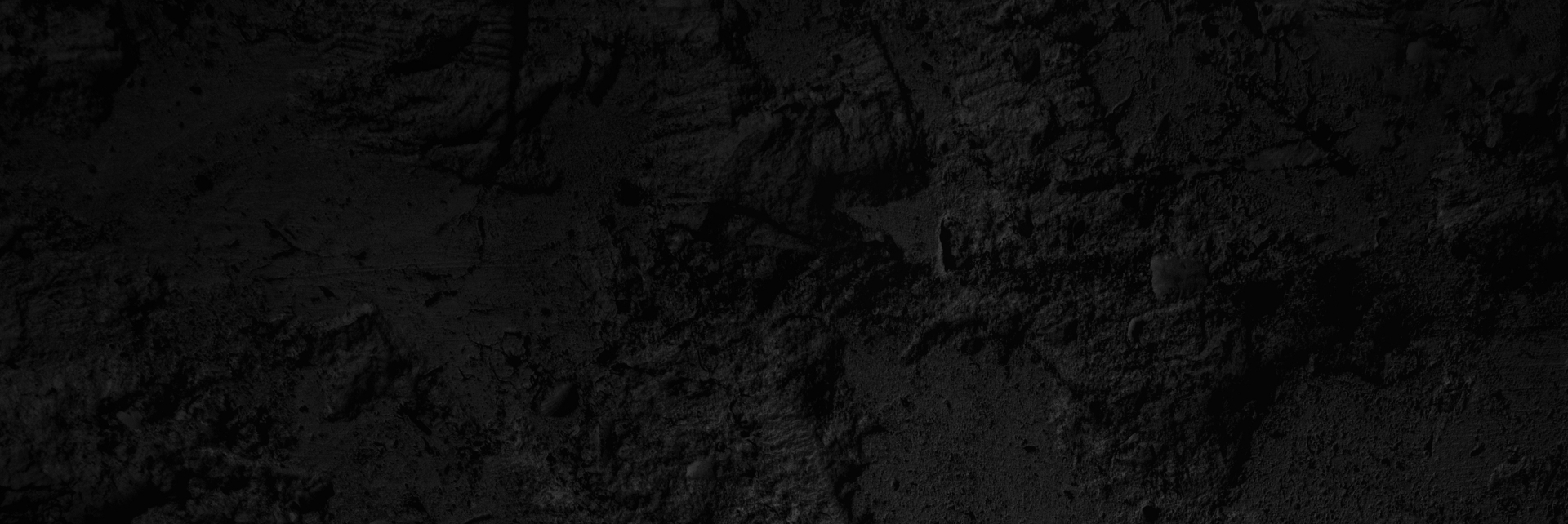The PRP Facial treatment is designed to revive smooth skin, adding a youthful glow to your complexion. This treatment takes advantage of the healing properties of Platelet-Rich Plasma (PRP) extracted from your blood. After being extracted, the plasma rejuvenates the skin for a younger-looking appearance. The inclusion of microneedling further bolsters this process to improve your skin and reverse sun damage and other cosmetic concerns for good!
Why choose the PRP Facial?
A PRP Facial enhances skin quality by encouraging cellular turnover and promoting circulation, which results in softer renewed skin with better tone and texture. After just one session, you will notice a visible improvement in your skin’s brightness, clarity, and overall health. The benefits of PRP cannot be recreated in any cosmetic or pharmaceutical product as it is an individual’s own cells creating new tissue and healthy skin.

How can I prepare for treatments?
Patients should avoid sun exposure, including tanning beds, several weeks prior to treatment, as well as aspirin and other anti-inflammatory medications in order to reduce bruising. Patients are also urged to drink lots of water in the days leading up to your treatment to make the drawing of blood easier.
What can I expect during treatments?
The PRP Facial is a two-step procedure. First is the microneedling portion, in which your TKI provider uses a microneedling device on the desired area(s) of your skin. While your face is numb, blood is drawn, usually from your arm, and put into a centrifuge, which separates the PRP from other components of the blood. Microneedling creates small micro punctures in the skin, allowing for penetration of the PRP, which is massaged into the area. The two-step procedure takes 45 minutes to an hour to complete.
When PRP is placed back into the skin by injection or microneedling, it initiates a localized stem cell response. Over the weeks and months following treatment, this stem cell response recruits collagen-producing cells called fibroblasts. The fibroblasts replace tissue that has been damaged or lost through the aging process with healthy skin that looks refreshed and rejuvenated.
When will I see results and how long will they last?
Within a few weeks of treatment, an overall improvement in skin hydration, texture, and tone can be seen. New collagen and blood vessels begin to grow after 3-4 weeks, and reduction of fine lines and wrinkles and volume correction happens over the next 3-6 months. The effects of a PRP Facial can last 12 months to 2 years, depending on the individual. While it creates a longer-lasting effect in the skin, it does take time to work.
Are the treatments painful?
The use of numbing cream for skin needling makes a PRP Facial relatively pain-free.
What is the recovery period like?
You may experience some skin tenderness and redness afterwards, which will subside within a day or two. Recovery time is minimal, and most patients go back to normal activities, including work, the next day.
Schedule a PRP Facial in Marlboro or East Brunswick
The PRP Facial treatment is designed to revive smooth skin, adding a youthful glow to your complexion. Take advantage of this amazing treatment today and get a customized skincare plan just for you at TKI. Call 8-555-DRKAGA or fill out our online appointment request form to get started.


